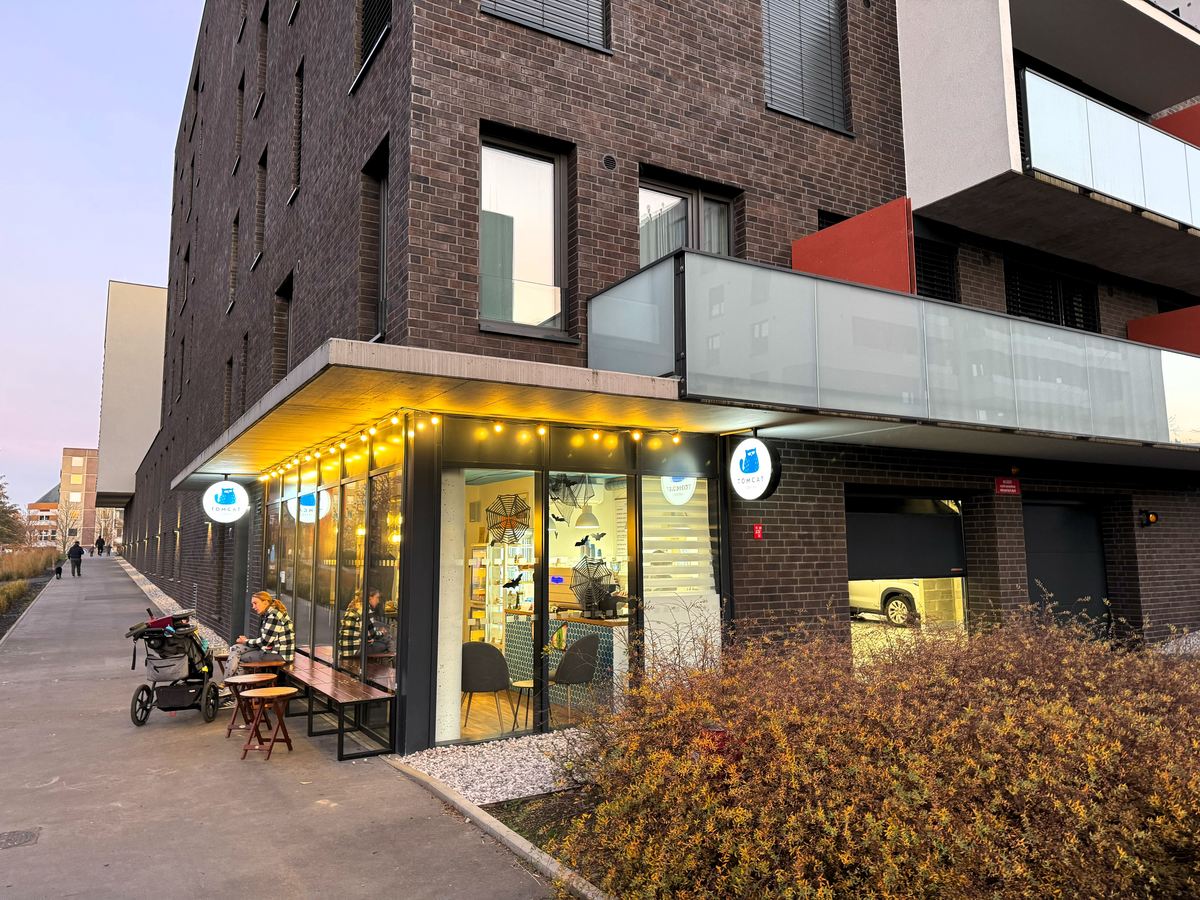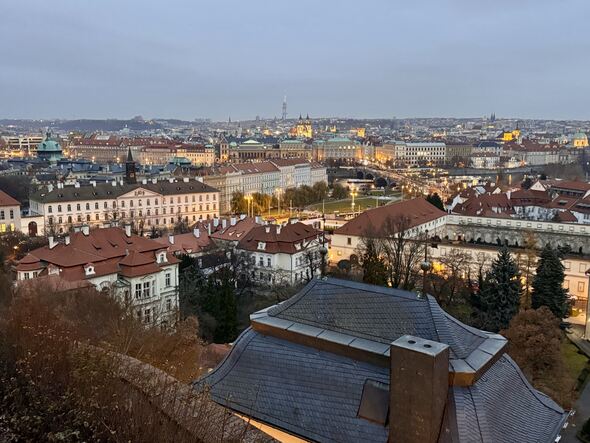There's something magical about discovering a city through its veins of public transportation. Recently, I've found myself embarking on an unexpected journey – hunting down coffee shops in corners of the city I'd never thought to explore. What started as a simple search for a good cup of coffee has transformed into something far more profound.
The relationship between a city's character and its public transport system is remarkably direct. Like a key that unlocks hidden doors, good public transportation doesn't just move you from point A to point B – it invites exploration, discovery, and serendipity. I've found myself in neighborhoods I had no reason to visit, discovering spaces that feel wonderfully different from the typical urban landscape I'm used to.
These journeys have been revelatory. Each venture brings me to places that surprise me with their distinct character, so different from what I'd consider the "normal" city vibe. It's as if each station or bus stop opens a door to a parallel universe within the same city. These discoveries make the urban sprawl feel larger than life, expanding beyond the mental maps we usually constrain it to.
This experience stands in stark contrast to what I've observed in most Indian cities. There's a certain melancholy in watching what was once beautiful slowly slip away. The mere thought of random exploration is often stifled by the anticipated nightmare of traffic. The spontaneity of discovery is replaced by calculated routes and careful planning, all to avoid the chaos of congested streets.
But there's hope in this reflection. A city's true mark of progress isn't measured by the height of its buildings or the size of its shopping malls. It isn't even measured by rising incomes or economic indicators. The real measure of urban progress lies in its public transport network – the great equalizer that makes the city accessible to all.
A robust public transport system does more than move people; it democratizes the urban experience. It transforms a city from a collection of isolated neighborhoods into an interconnected tapestry of experiences, waiting to be discovered. It's not just about reaching your destination; it's about the journey, the discoveries, and the unplanned adventures along the way.
In the end, perhaps this is what makes a city truly great – not its landmarks or statistics, but its ability to surprise and delight through accessibility. A great public transport network isn't just infrastructure; it's the lifeblood that keeps the spirit of urban exploration alive, one journey at a time.





